Aimed at senior undergraduates and first-year graduate students, this book offers a principles-based approach to inorganic chemistry that, unlike other texts, uses chemical applications of group theory and molecular orbital theory throughout as an underlying framework. This highly physical approach allows students to derive the greatest benefit of topics such as molecular orbital acid-base theory, band theory of solids, and inorganic photochemistry, to name a few. Takes a principles-based, group and molecular orbital theory approach to inorganic chemistry The first inorganic chemistry textbook to provide a thorough treatment of group theory, a topic usually relegated to only one or two chapters of texts, giving it only a cursory overview Covers atomic and molecular term symbols, symmetry coordinates in vibrational spectroscopy using the projection operator method, polyatomic MO theory, band theory, and Tanabe-Sugano diagrams Includes a heavy dose of group theory in the primary inorganic textbook, most of the pedagogical benefits of integration and reinforcement of this material in the treatment of other topics, such as frontier MO acid–base theory, band theory of solids, inorganic photochemistry, the Jahn-Teller effect, and Wade’s rules are fully realized Very physical in nature compare to other textbooks in the field, taking the time to go through mathematical derivations and to compare and contrast different theories of bonding in order to allow for a more rigorous treatment of their application to molecular structure, bonding, and spectroscopy Informal and engaging writing style; worked examples throughout the text; unanswered problems in every chapter; contains a generous use of informative, colorful illustrations
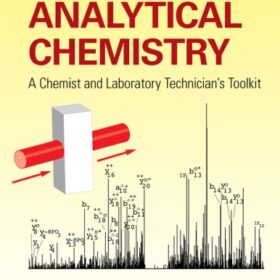 Analytical Chemistry: A Chemist and Laboratory Technician’s Toolkit eBook
$13.00
Analytical Chemistry: A Chemist and Laboratory Technician’s Toolkit eBook
$13.00
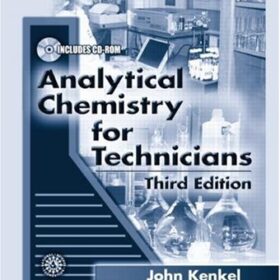 Analytical Chemistry for Technicians eBook
$11.00
Analytical Chemistry for Technicians eBook
$11.00
Analytical Chemistry, Student Solutions Manual eBook
$12.00
- Delivery: Can be download immediately after purchasing. For new customer, we need process for verification from 30 mins to 24 hours.
- Version: PDF/EPUB. If you need another version, please Contact us
- Quality: Full page, full content, high quality images, searchable text and you can print it.
- Compatible Devices: Can be read on any devices (Kindle, NOOK, Android/IOS devices, Windows, MAC,..).
- e-Book Features: Purchase and read your book immediately, access your eTextbook anytime and anywhere, unlimited download and share with friends.
- Note: If you do not receive the download link within 15 minutes of your purchase, please Contact us. Thank you!

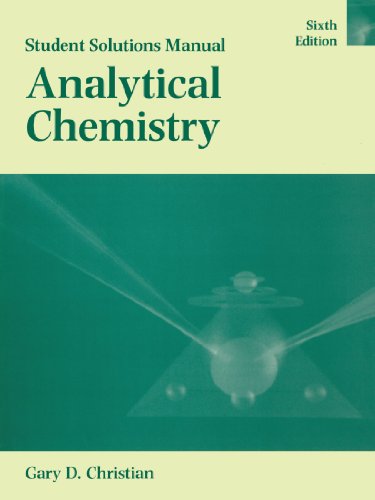
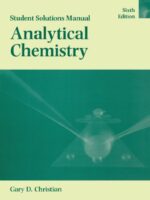
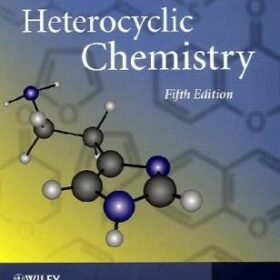
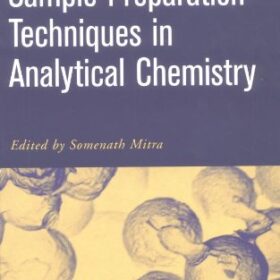
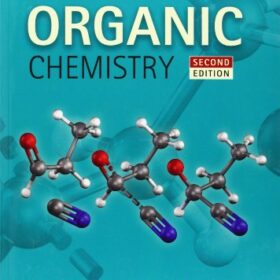
Reviews
There are no reviews yet.